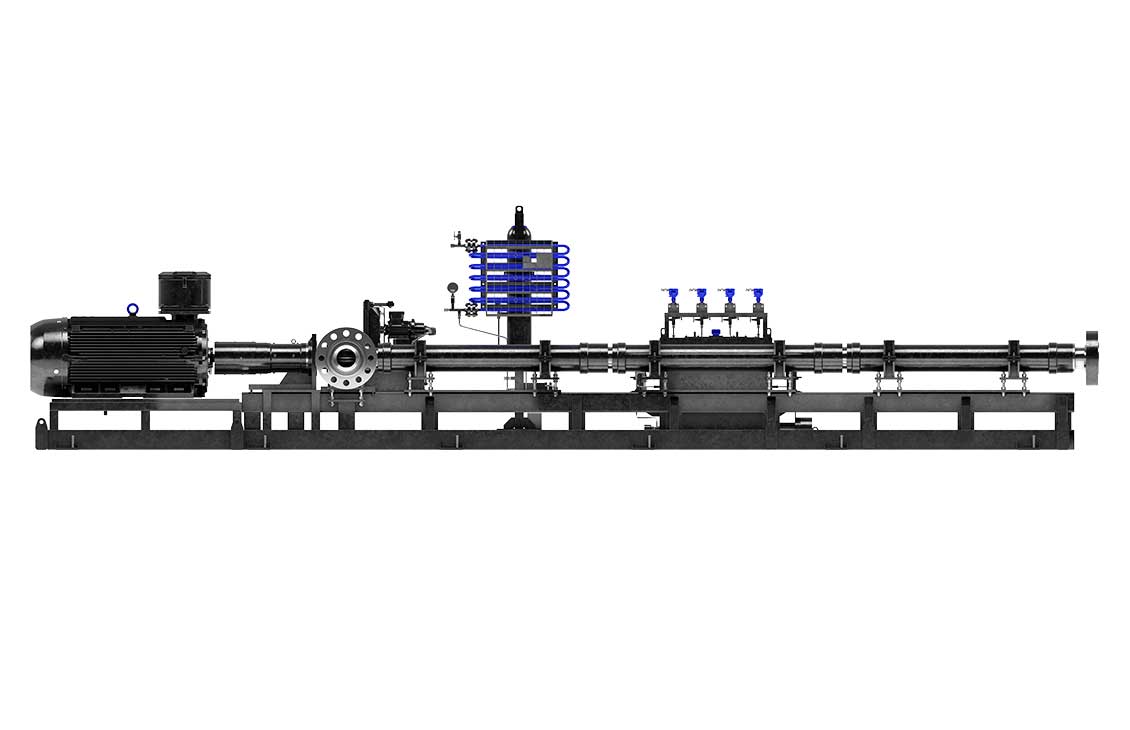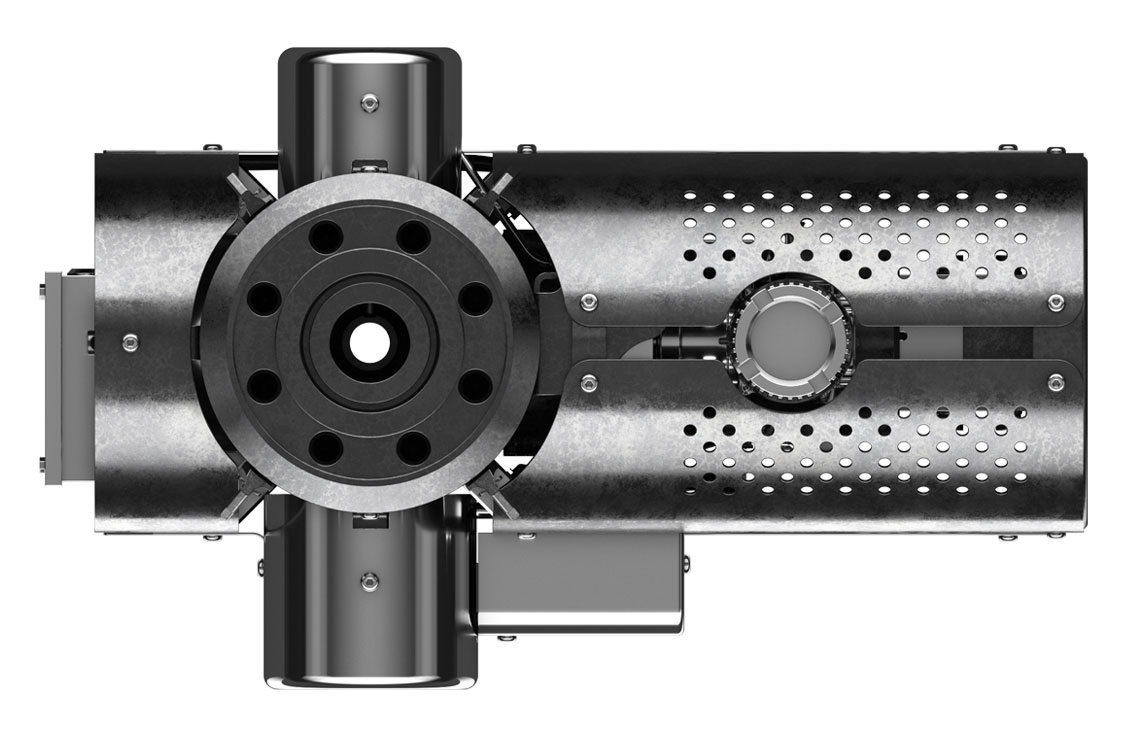Decarbonize oil and gas production
Leverage technologies and solutions that reduce greenhouse gas emissions from every barrel produced

Challenge
Get closer to where—and when—counts most
Because production operations produce the largest proportion of greenhouse gas emissions (GHG) in the oil and gas value chain, they present the biggest decarbonization opportunity. Yet, we must consider decarbonization within the context of commercial reality and not in isolation. Maximizing ROI and minimizing emissions per barrel requires the right approach to tackling carbon emissions at their root cause.
Getting closer to the action
We'll help you find the right solutions for your assets and get close to emission sources across production operations. This can include leveraging our growing portfolio of Transition Technologies™ for opportunities to reduce energy consumption, increase efficiency, and minimize carbon emissions. Our solutions address some of the biggest challenges across multiple dimensions:
- Distance between the reservoir and the location where emissions occur
- Delay between the creation of unwanted byproducts and their treatment
- Gap between concepts and field-proven solutions
Explore our Transition Technologies portfolio
Increase lifting efficiency
Lifting fluids consumes a lot of energy. These technologies maximize energy efficiency and minimize emissions.

Subsea boosting (pumps)
Increase well flow and recoverable reserve with our subsea pumps
Increase well flow and recoverable reserve with our subsea pumps

Subsea compression
Provide flexible solutions with the highest flowrates and pressure ratio capabilities in the industry
Provide flexible solutions with the highest flowrates and pressure ratio capabilities in the industry

ESP Permanent Magnet Motors
Reduced energy costs and improved ESP performance
ESP Permanent magnet motors have power efficiency, power factor, and power density and help lower electricity consumption.

Reda Maximus Eon
Extended-life, install-ready ESP motor
Maximus Eon motor delivers greater electrical power efficiency, supporting your emissions reduction goals.

Reda Multiphase HPS
Horizontal multistage surface pump
Handles up to 90% gas volume fraction; used for zero-flaring well tests, well cleanup, and production boosting.
Create low-footprint infrastructure and minimize emissions per barrel
Production infrastructure represents a large investment. These technologies minimize its size while ensuring the flexibility for minimizing carbon per barrel throughout your asset's production life.

Rapid multilateral junction systems
Extend reach. Maximize contact. Simplify control.
Enhance reservoir contact and simplify multilateral well construction with SLB’s Rapid Multilateral Systems. Configurable from TAML 2 to 5, Rapid technologies deliver fullbore access, intelligent completion integration, and selective intervention capability.

Manara
First-generation electric interval control valves
Optimize recovery and reservoir management by monitoring and controlling flow from multiple zones in real time.

Electric surface actuator
Electrification, digitalization, and predictive condition-based maintenance of surface valves
Reduce opex, capex, and environmental impact.

Vx Spectra
Surface multiphase flowmeter
Accurately measure the full spectrum of multiphase flow rates while monitoring production in real time.
Drive process efficiency
Fluid processing and separation requires a lot of heat and mechanical energy for rotating machinery such as pumps and compressors. Our proven solutions cut emissions for each treated barrel.

Cynara
H2S and CO2 separation membranes
Separate acid gases from produced natural gas without chemicals.

Natco Dual Frequency
Electrostatic treaters, coalescers, and desalters
Use both AC and DC power to significantly improve processing vs. conventional AC electrostatic technologies.

THIOPAQ O&G
Oil and gas biodesulfurization system
Convert H2S in gas streams to solid sulfur ready for agriculture or disposal.

SELECT S
Hydrogen sulfide removal adsorbent
Mixed-metal-oxides-based adsorbents to remove harmful H2S from liquid and dry and water-saturated gas streams.

Mechanical Vapor Recompression for PureMEG System
Capture waste heat for monoethylene glycol (MEG) reclamation and regeneration
Reduce utility demand, opex, and greenhouse gas (GHG) emissions.
Learn how we get closer to the action

SLB Footprint Reduction
The technologies featured on this page are part of our Transition Technologies™ portfolio. Explore how these differentiated products and services support oil and gas decarbonization across the E&P value chain.
Learn more

